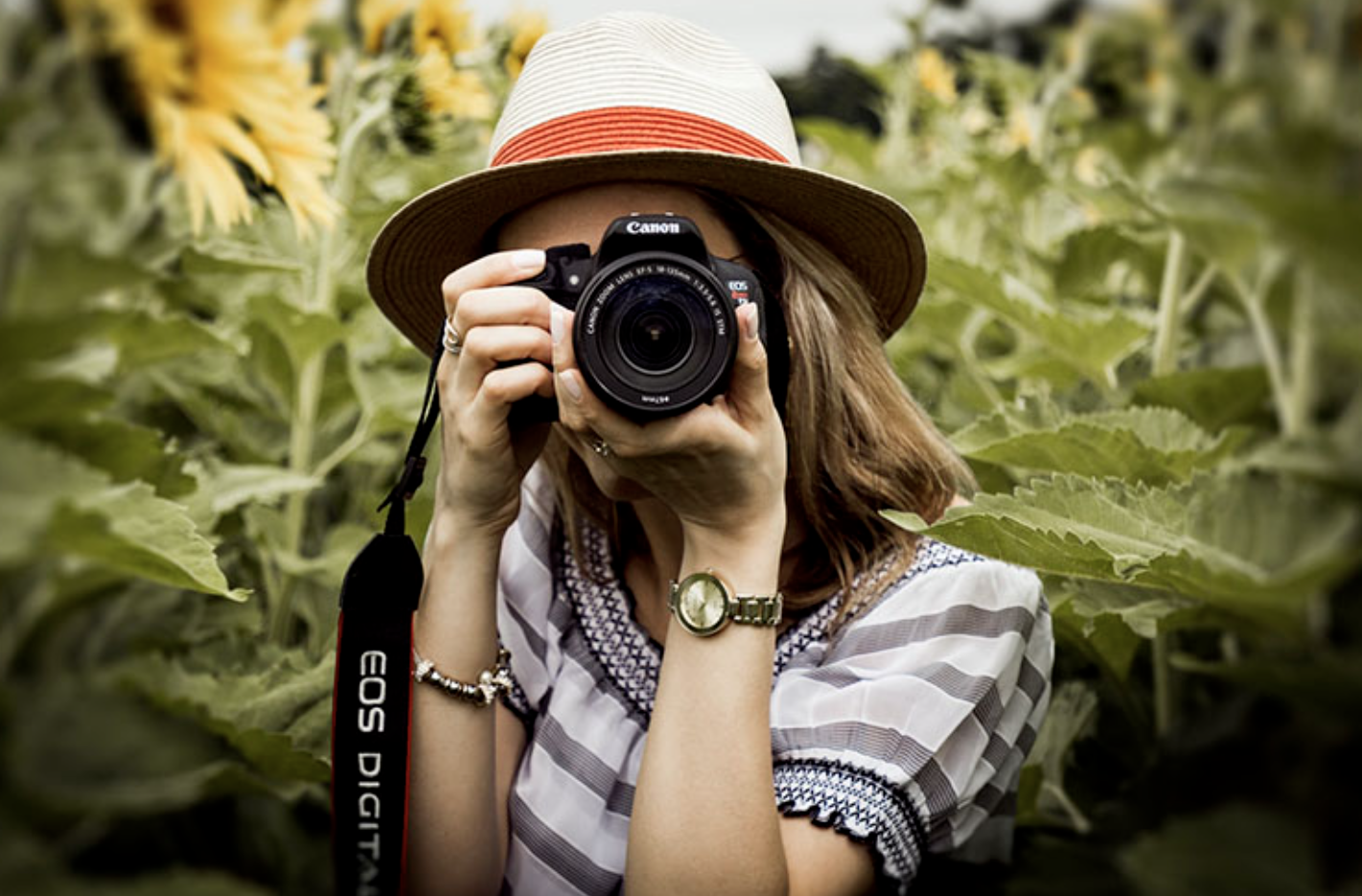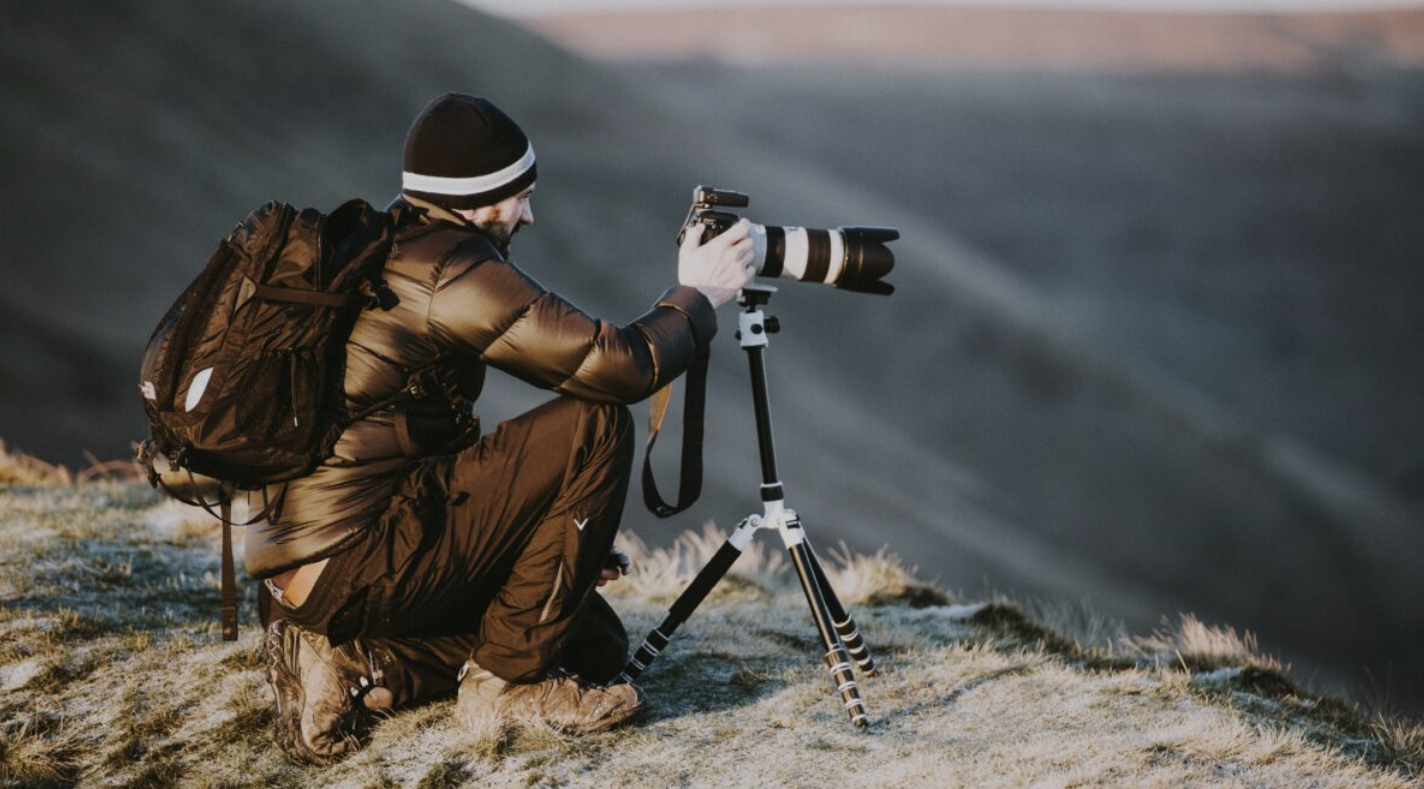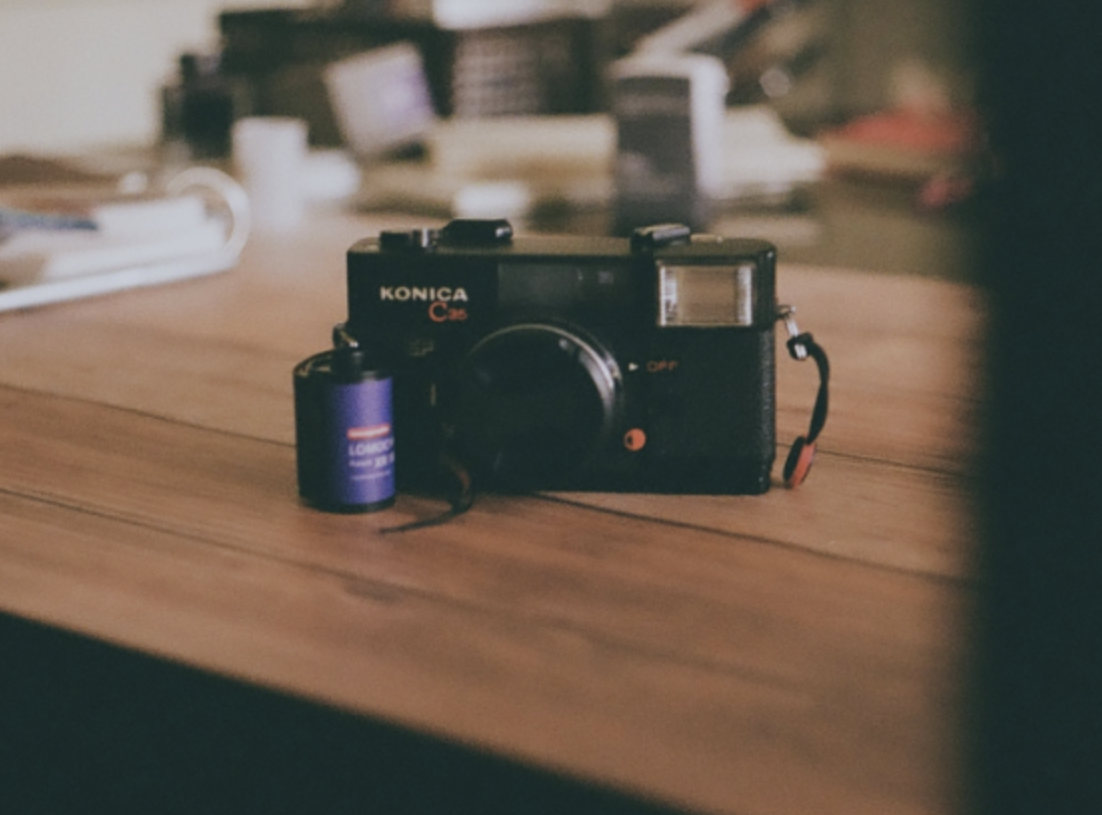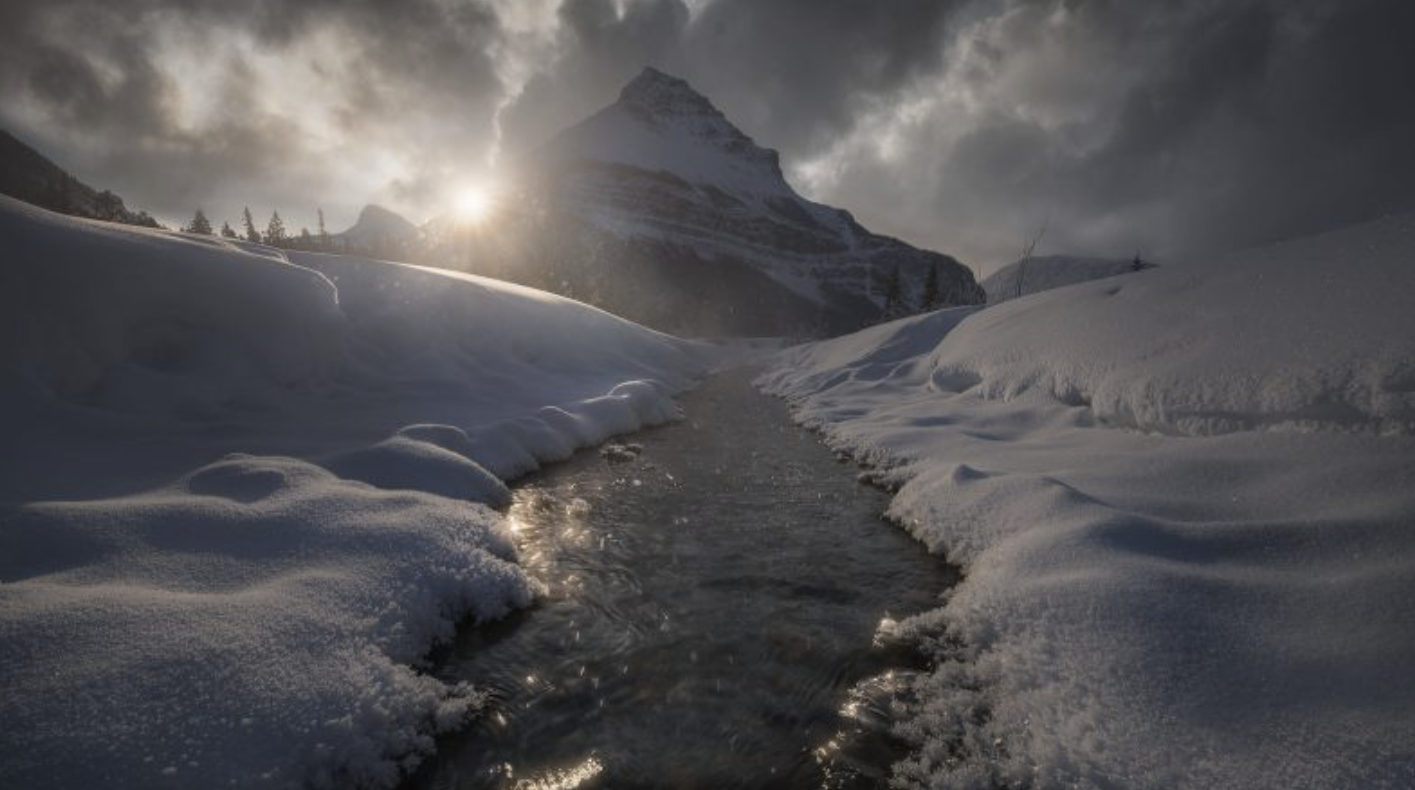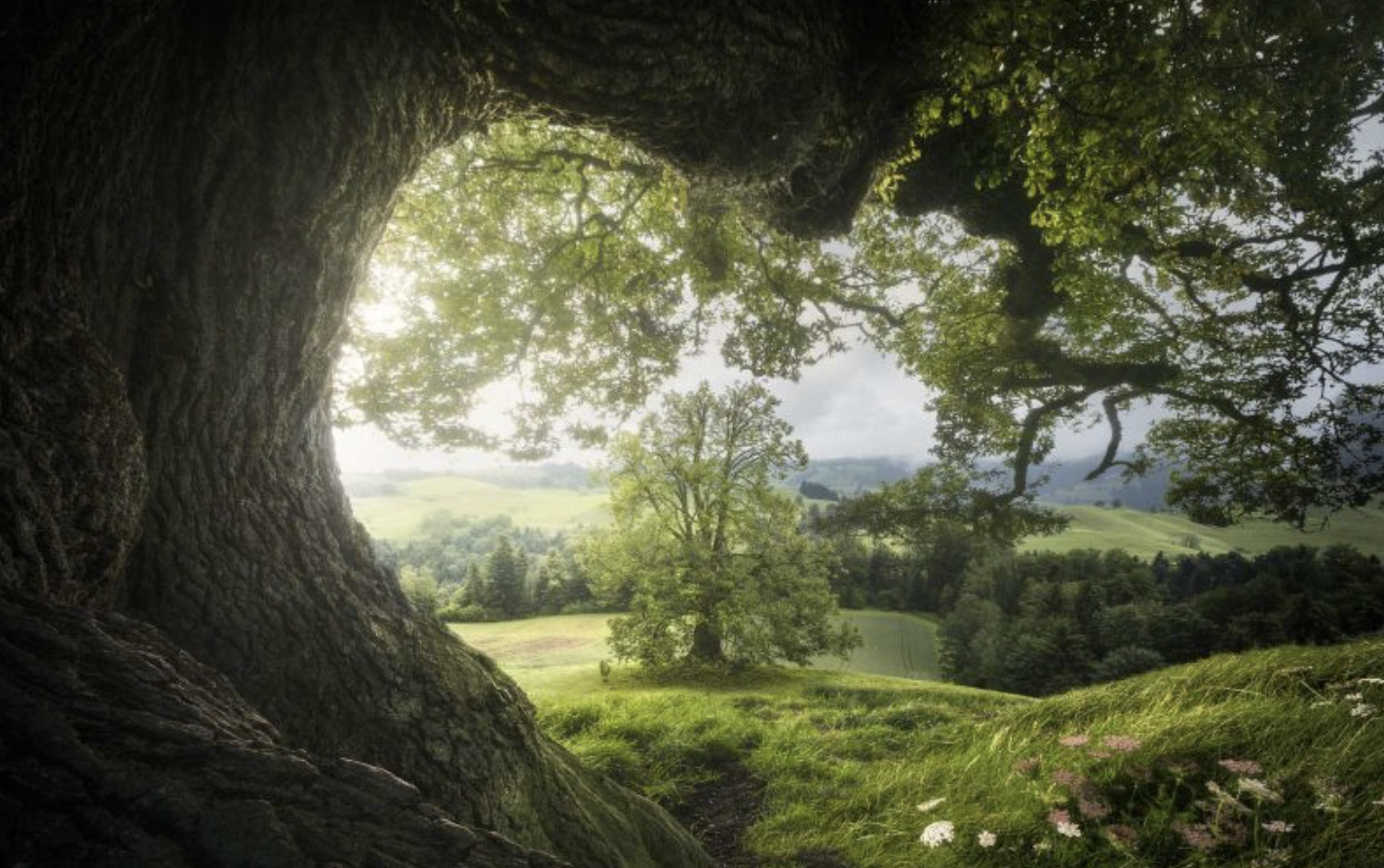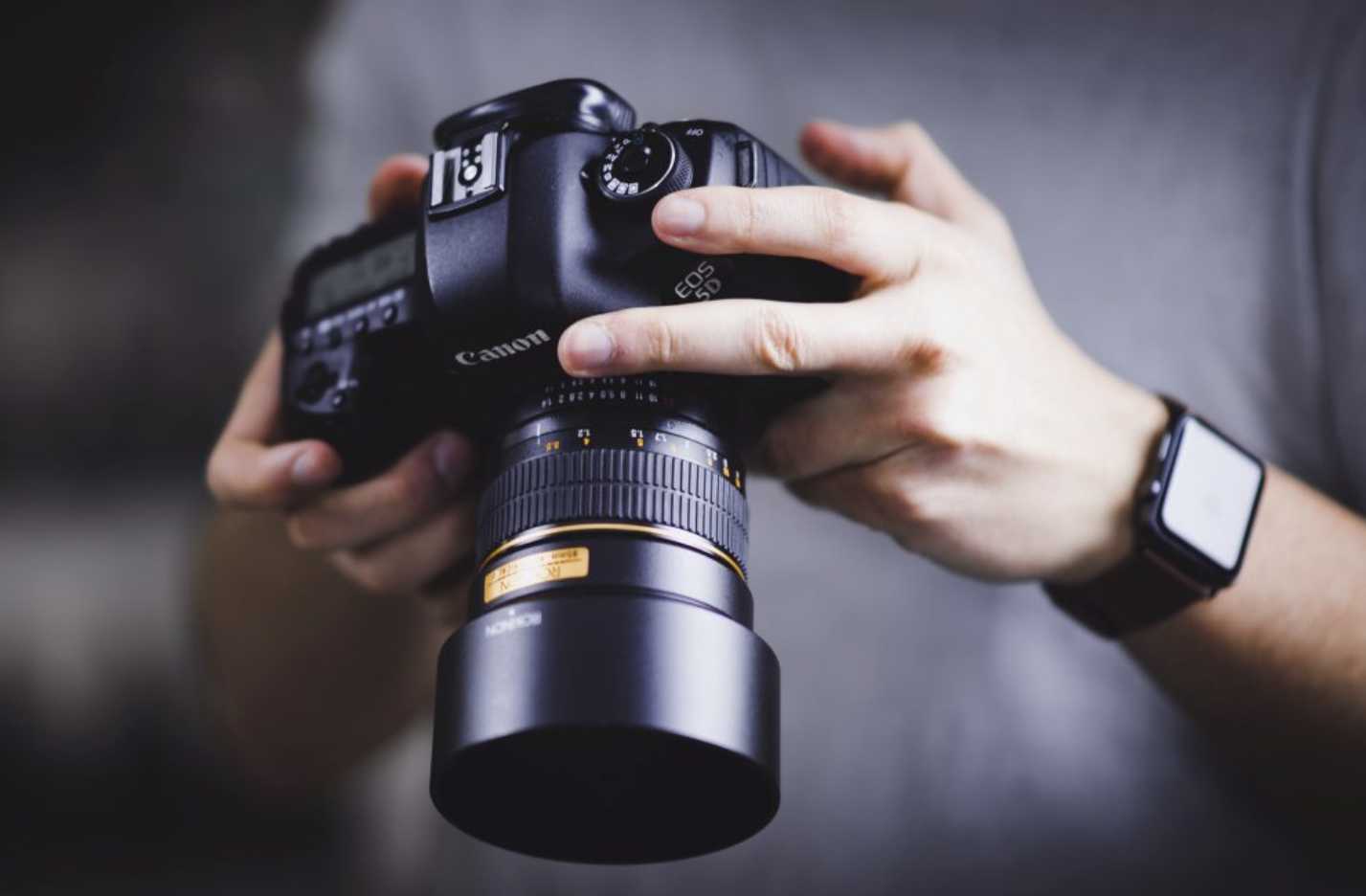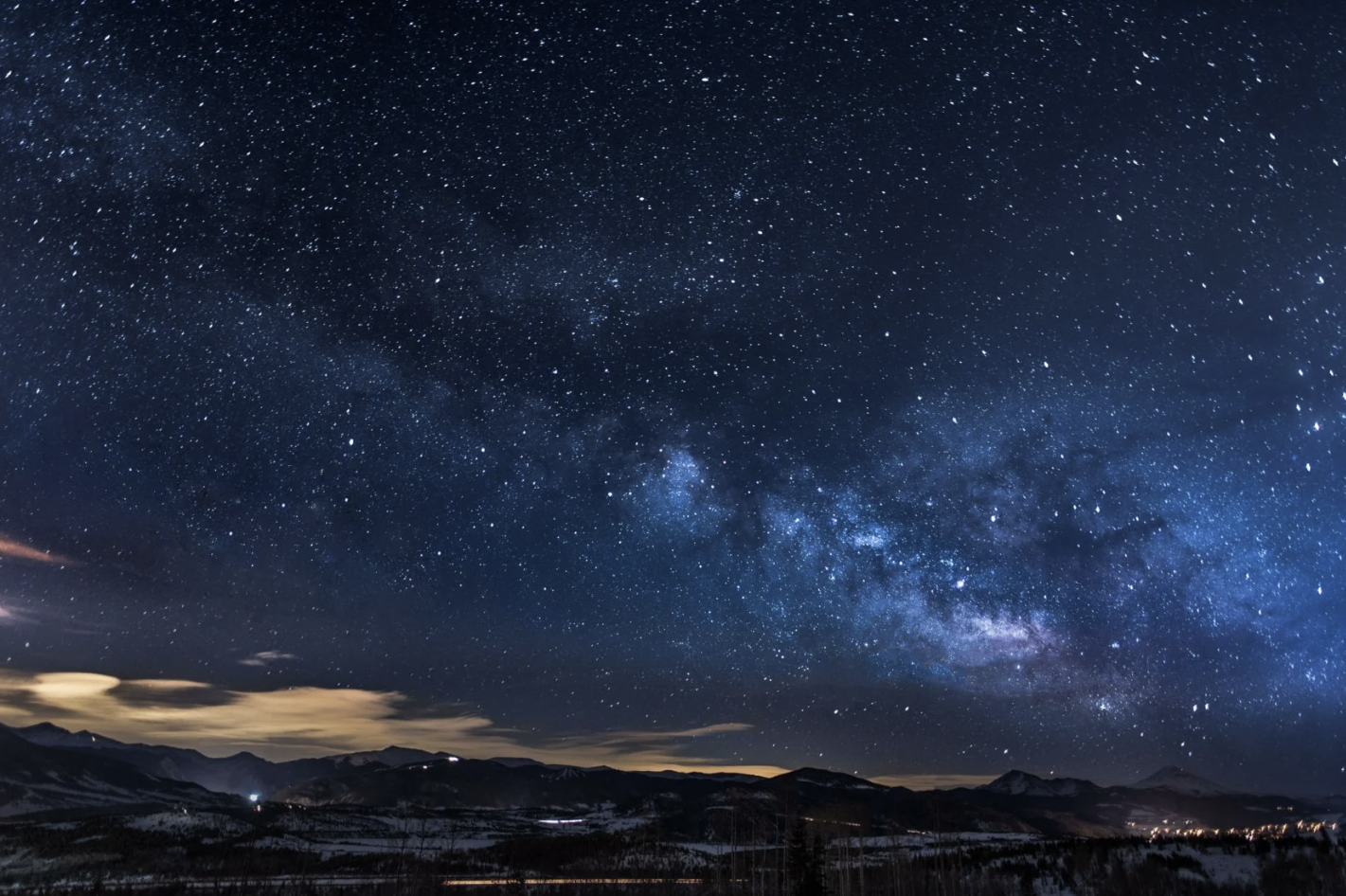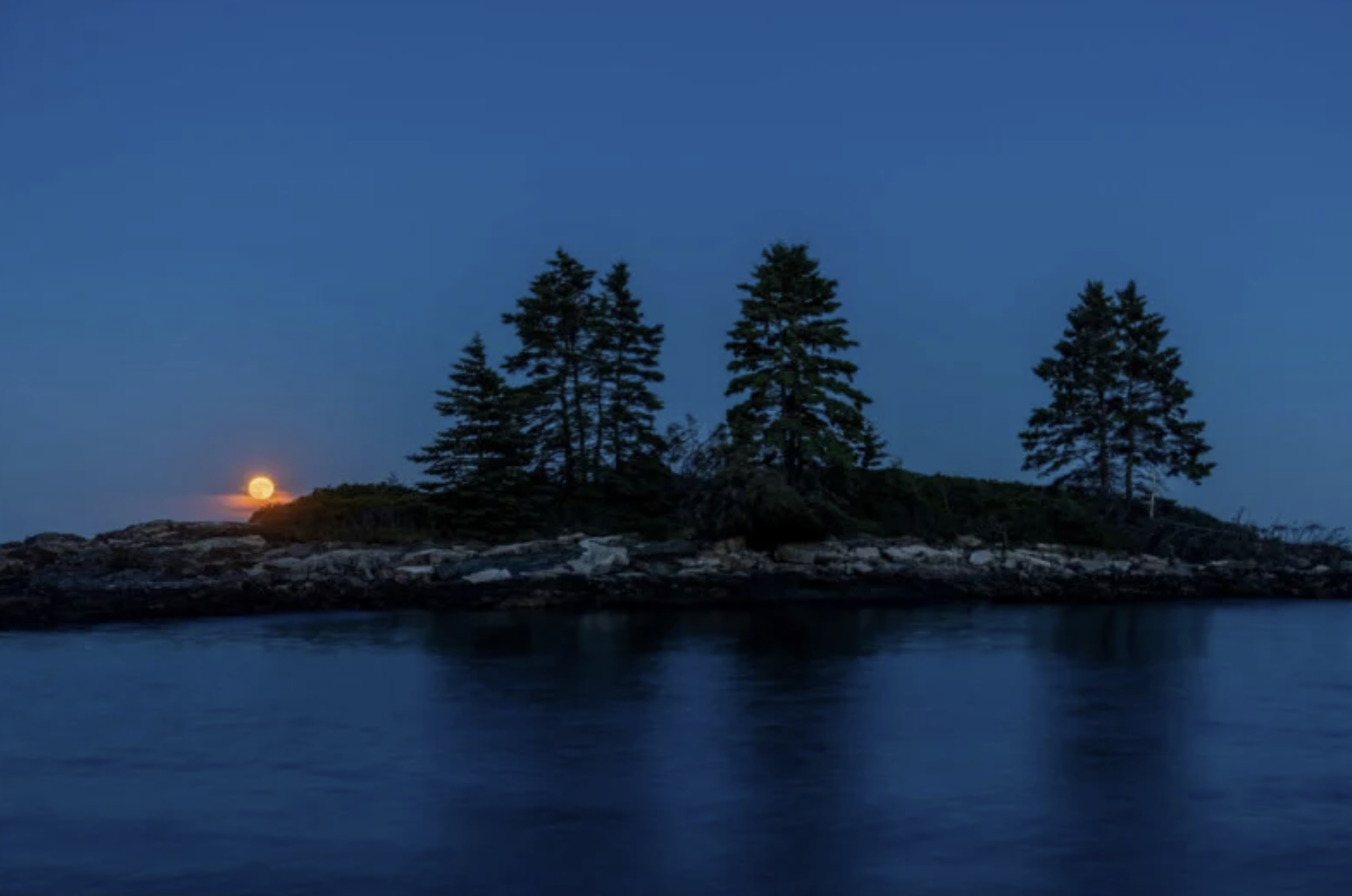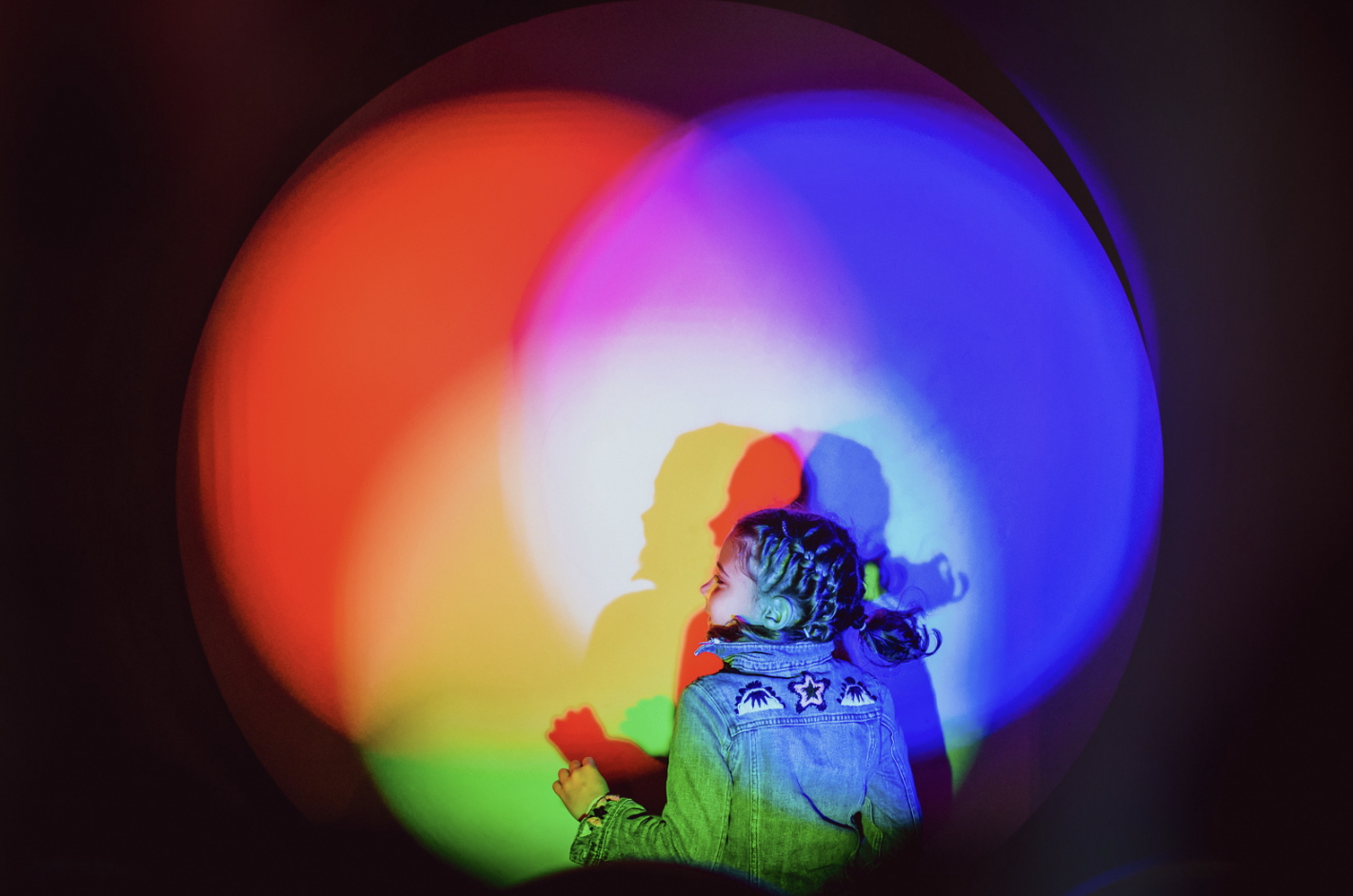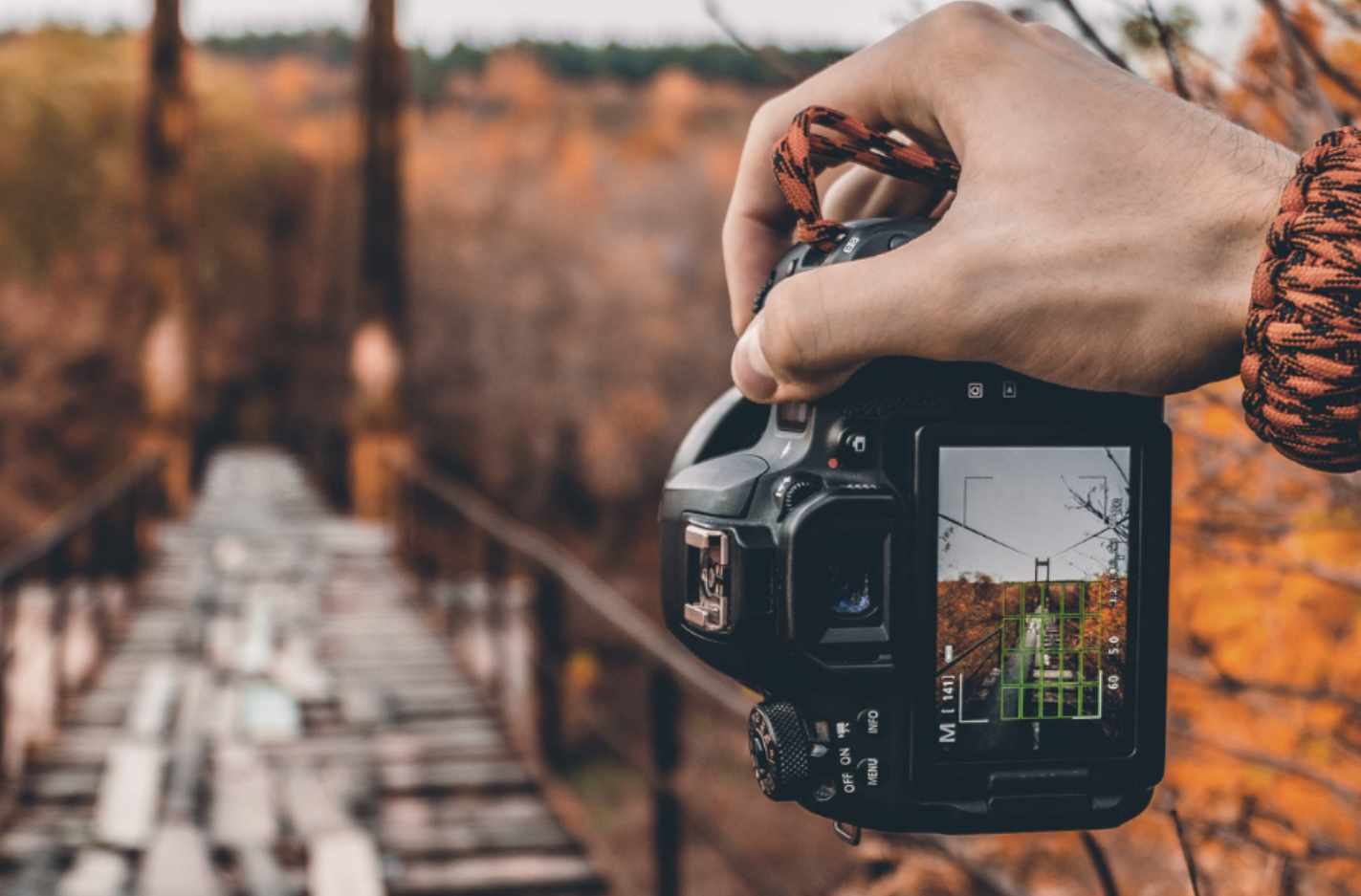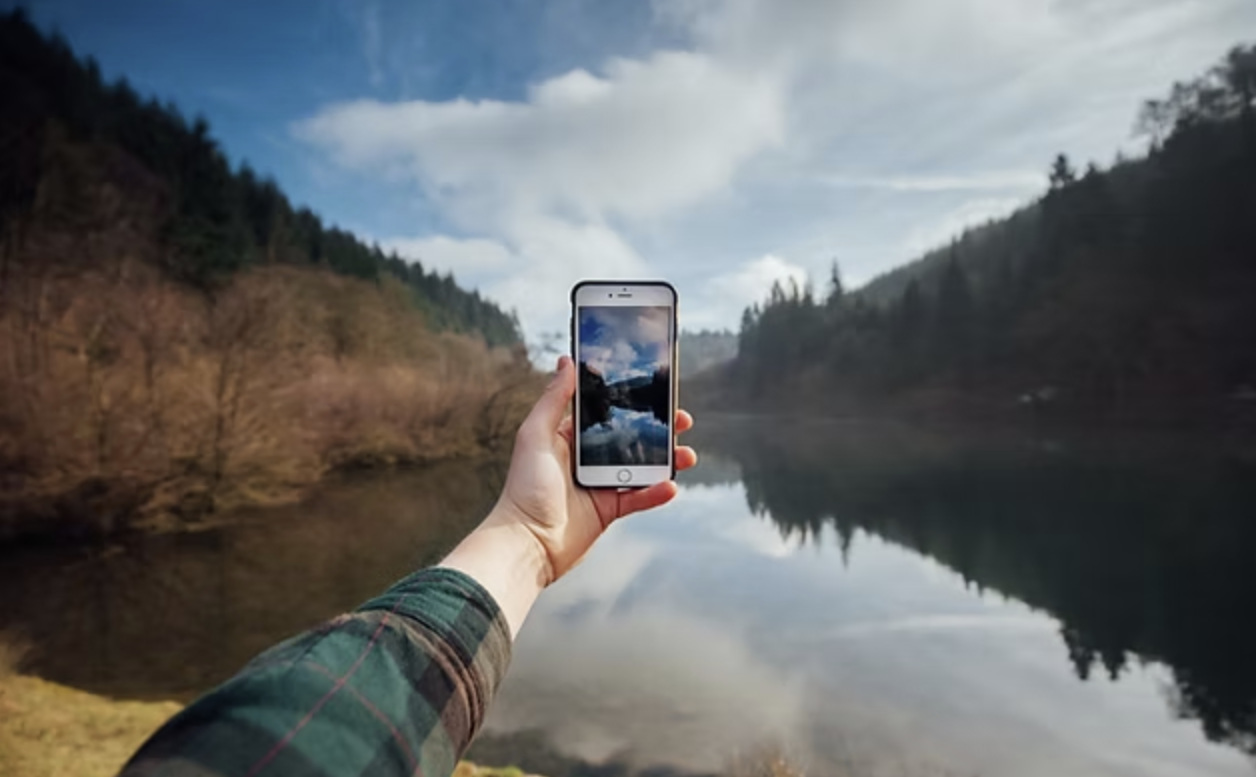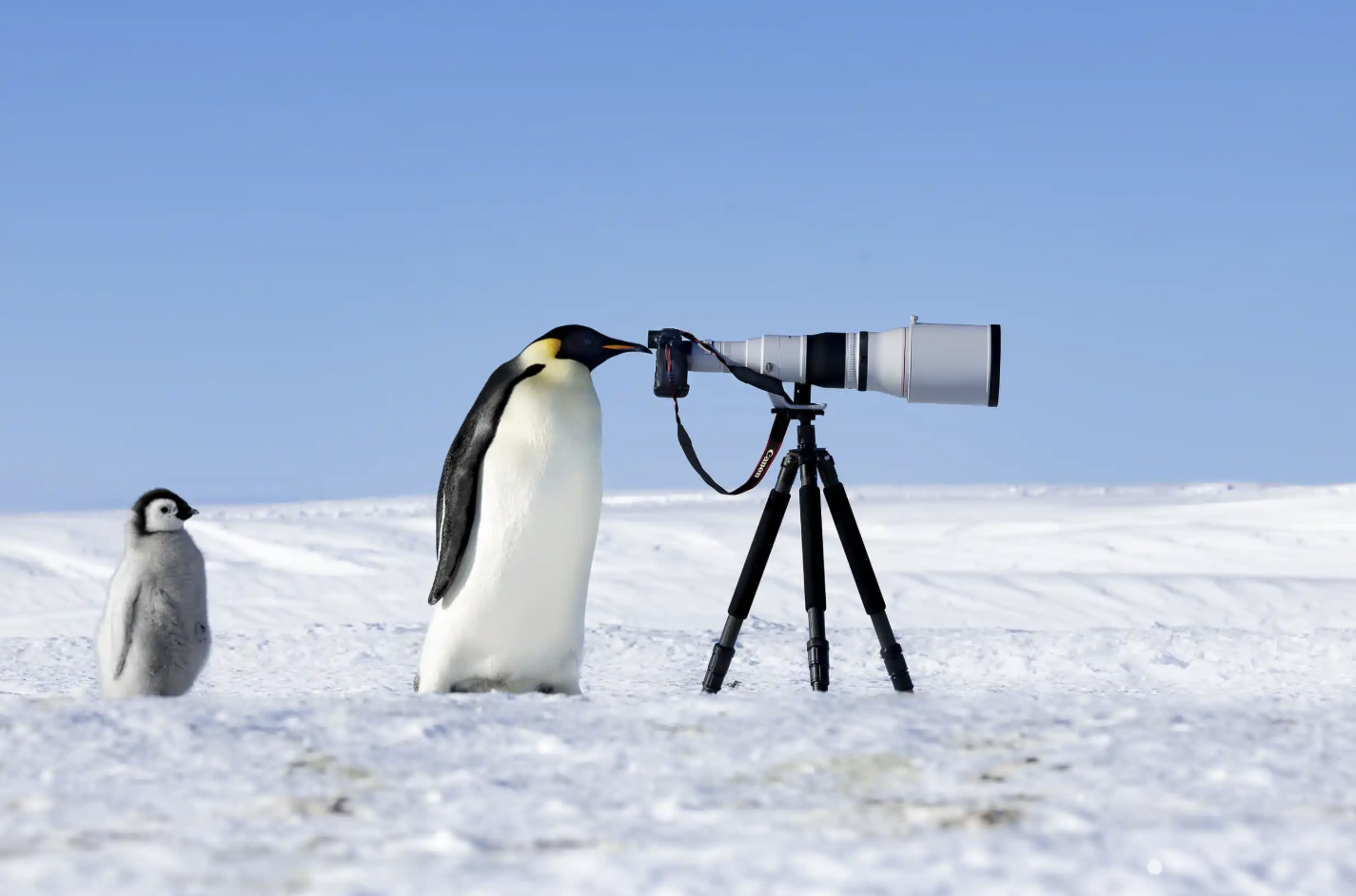
Environmental photography is a powerful way to document the world around us, showcasing both its natural beauty and the challenges it faces. This genre of photography can encompass a variety of subjects, from landscapes and wildlife to human interactions with the environment. Whether you’re a seasoned photographer or just starting, understanding the purpose and techniques of environmental photography can help you capture compelling images that tell a story.
What is Environmental Photography?
At its core, environmental photography is about capturing images that reflect the environment and the elements that shape it. This could involve photographing landscapes, wildlife, or urban scenes that tell a story about the current state of the world. The genre overlaps with photojournalism, wildlife, and even artistic photography, making it accessible to a wide range of photographers. What sets environmental photography apart is its purpose—to raise awareness, highlight environmental issues, and provoke action.
In simple terms, environmental photography is any photo that reflects an environment, but for it to truly be impactful, it should convey a message. The genre often aims to inform and educate the public, especially about topics like climate change, conservation, and the human impact on the planet.
Why is Environmental Photography Important?
Environmental photography holds significant value as it brings pressing issues to light. It’s through powerful visuals that photographers can create emotional connections and inspire change. A compelling image can highlight the severity of an environmental issue or capture the positive strides made towards conservation and sustainability.
Capturing environmental changes over time provides a historical record that helps researchers and conservationists understand trends and impacts. Photographers have the ability to showcase both the damage caused by human activity and the recovery efforts made to restore natural habitats. By documenting these changes, environmental photography serves as both a tool for education and a catalyst for action.
What Makes a Good Environmental Photo?
A strong environmental photograph doesn’t just capture a scene—it tells a story. A great environmental photo evokes emotions and communicates an important message. To achieve this, photographers must plan and think about what they want to convey. Are they highlighting the destruction of a forest, the resilience of wildlife, or the beauty of untouched landscapes? A powerful environmental photo often includes the following elements:
- Storytelling: A good environmental photo tells a story, whether it’s about environmental destruction or recovery. It needs to capture a moment that resonates with the viewer.
- Emotion: The image should create an emotional connection with the audience, making them feel something about the subject.
- Actionable Message: Environmental photography should ideally encourage action or raise awareness about a cause.
How to Capture Successful Environmental Photographs
Capturing meaningful environmental photographs requires more than just pointing your camera at a subject. It takes observation, research, and preparation. Here are some tips for creating powerful environmental images:
Start Local
You don’t have to travel far to find impactful subjects. Often, environmental issues exist right in your own backyard. Walk around your local area and observe the environment—whether it’s pollution in your city or wildlife in a nearby park. Even small, seemingly insignificant locations can offer valuable insights into environmental challenges.
Focus on Macro Subjects
Don’t overlook the smaller aspects of the environment. Photographing macro subjects like insects, plants, or small ecosystems can be just as impactful as large landscapes. These images help tell the story of the environment at a more intimate level.
Do Your Research
Before you go out to shoot, research the area you’ll be photographing. Understand the history, environmental issues, and any political or economic factors that might be influencing the scene. This research will help you capture the right images and ensure that your work is informative and accurate.
Be Compassionate and Respectful
When photographing people or communities, approach them with sensitivity. Understand their culture, respect their space, and listen to their stories. It’s essential to represent the environment from the community’s perspective without imposing your own bias.
Neutrality
When dealing with sensitive topics like politics, ensure that your photos remain neutral. Avoid letting your personal opinions shape the narrative. An unbiased approach helps ensure the message is delivered effectively.
Different Approaches to Environmental Photography
Environmental photography can be approached in many ways, depending on the subject matter and the story you wish to tell.
Environmental Portraits
Environmental portraits focus on people within their surroundings. These portraits are different from traditional studio shots because they emphasize the relationship between the subject and their environment. A wide-angle lens, like a 35mm or 50mm, works well for this type of shot. It’s important to include the environment in the frame, as it plays a significant role in telling the subject’s story. Whether the subject is a conservationist in a forest or a fisherman in a coastal town, the environment is a key part of the narrative.
Documenting Environmental Exposure
Environmental photography can also focus on specific issues, such as deforestation, marine life conservation, or urban pollution. By capturing the impact of these issues, photographers can educate the public and inspire change. Documenting changes in the environment over time can provide valuable data for research and help raise awareness of important topics.
The Role of Gear in Environmental Photography
Environmental photography doesn’t require expensive gear, but the right equipment can certainly enhance the quality of your images. Here are some key gear considerations:
- Camera: Any camera can capture environmental photos, even a smartphone. However, a camera with manual settings allows you to have more control over exposure, shutter speed, and aperture.
- Lens: A versatile lens, such as a 35mm, works well for environmental shots. Wide-angle lenses (18mm or 24mm) are ideal for capturing large landscapes or urban environments.
- Tripod: A tripod is helpful for capturing sharp images, especially in low light or when shooting landscapes. It also stabilizes your camera during long exposures.
- Drone: If you’re documenting a large area, a drone can provide aerial perspectives that offer a fresh take on environmental photography.
Camera Settings
- Aperture: For environmental portraits, keep your aperture between f/5.6 and f/7 to ensure both the subject and some of the background are in focus. For wide landscapes, use a smaller aperture like f/11 or f/16 to capture everything in sharp detail.
- Shutter Speed: Ensure your shutter speed is fast enough to avoid motion blur. For landscapes, aim for a shutter speed of 1/250s or faster. If you’re capturing movement, such as water or wildlife, experiment with slower shutter speeds for creative effects.
- ISO: Use the lowest ISO possible to avoid noise. In low-light conditions, you may need to increase the ISO, but keep it as low as possible to maintain image quality.
Final Thoughts
Environmental photography is a vital tool for raising awareness about the world’s most pressing issues. By documenting the beauty and struggles of the environment, photographers can influence change and inspire action. Whether you’re capturing the impact of climate change, highlighting conservation efforts, or simply documenting life in its natural form, your images can make a difference.




